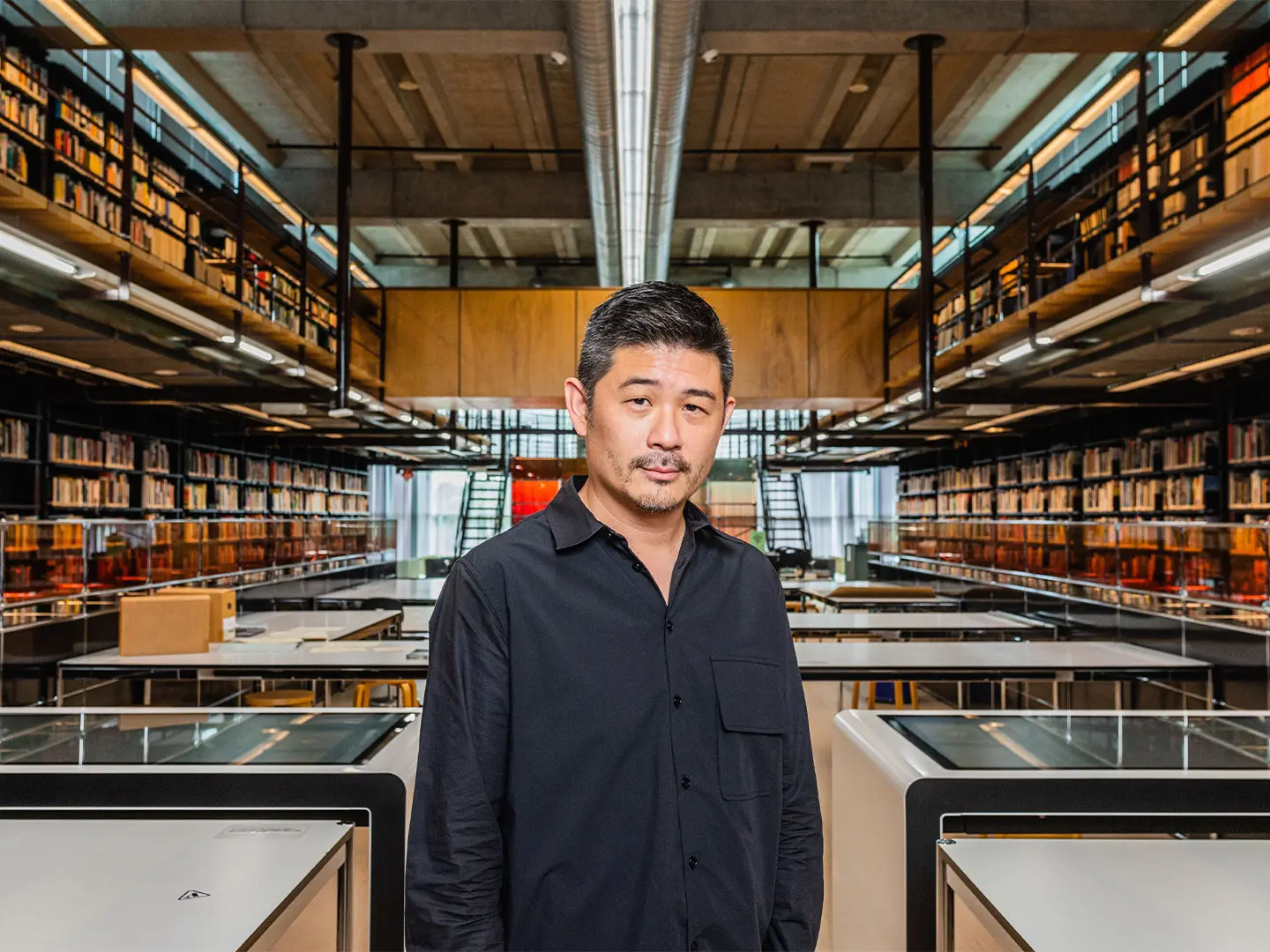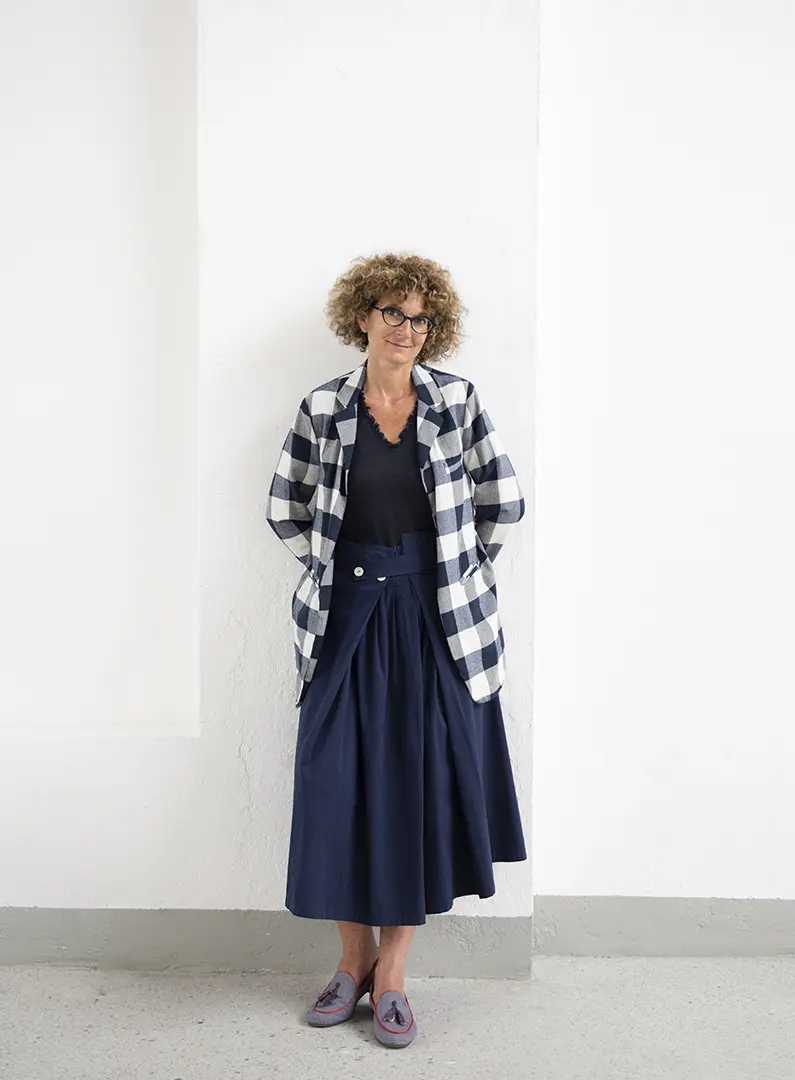Smart and sustainable purchases: how to make the most of the appliance bonus and how to apply. Requirements, amounts and limits to be aware of
What challenges and opportunities face the design and furnishing world in 2024?

Design After Generation, an exhibition curated by D.O.S. Design Open Spaces - Giuseppe Tortato
We asked three prominent experts what we can expect from the year that has just begun. Over to Aric Chen, Federica Sala and West Chin
In the aftermath of the pandemic, it seemed that nothing would ever be the way it was before. When we were trapped at home, we could observe a significant decrease in pollution and, from afar, nature making a vigorous recovery and almost all of us were struck by the same thoughts: being able to live with less; that we didn’t need to take so many planes; and other similar considerations. Things turned out a bit differently, and the way in which human activity – picking up our great careers – is changing the planet, is increasingly part of the ongoing discussion in the design world. What has remained and what has changed since that period of collective rethinking bookended by Covid and what are the challenges “we didn’t see coming” that are now at the top of the 2024 agenda? What are the scenarios opened up by these new challenges? We asked three opinion leaders within the industry for their thoughts.

Arich Chen, General and Artistic Director of the Het Nieuwe Instutuut in Rotterdam- Ph. Marwan Magroun
Aric Chen, General and Artistic Director of the Het Nieuwe Instutuut in Rotterdam: “We are not retracing our steps but addressing the challenge of sustainability collectively”
“One of the most remarkable, but perhaps predictable, observations one can make about the time since the Covid period is how quickly we’ve gone back to business-as-usual. It’s all the more remarkable because we all know that this is untenable. From the ecological crisis to the massive social and technological shifts underway, profound changes are needed that involve fundamentally changing and restructuring the systems and ways of doing things that underpin the design industry. For example, adding a few recycled components here and there is of questionable value when we in fact need to create entirely new, circular economies. Acting alone is no longer enough; as trite as this sounds, collaboration is the only way towards a more desirable future, which means actors - companies, designers, institutions - are going to have to start thinking in more collective terms, also if they want to survive as individuals. What’s keeping most of us from doing this is fear – fear of losing one’s position, of falling behind, of the unknown - but acting out of fear rarely ends well. Let’s find the courage.”

West Chin, owner of West | Out East, founder of West Chin Architects & Interior Designers - Ph. Dylan Chandler
West Chin, owner of West | Out East, founder of West Chin Architects & Interior Designers: “We need to rethink our homes and their spaces, which have become central to people’s lives again. The keyword is ‘comfort’”
“People don’t take their families for granted any more.” The pandemic, the economic crisis, and social changed triggered a shift immediately post-Covid that has now become an enduring trend. “People are spending spend more time at home with their families, and not as much as they’d like.” Those clients who can afford to do so are purchasing larger properties. The aim is for a “primary” family to be able to accommodate, for instance, their two children and their spouses, both during holidays and times of crisis. “All this means bigger and multifunctional compounds with centralised spaces that facilitate shared living but also factor in hierarchies and flexibility. This allows for both family integration and separation as needed. This can also allow for putting specific parts of the house into action only during certain seasons, while leaving them closed-up the rest of the time.” TV rooms, dining rooms and kitchens are key. “Gone are the days when people used to buy kitchens just because they were beautiful: now people cook, drink wine watching others cooking, or lend a helping hand. They spend time together in the kitchen.” Chin also notes that “the dining table has become the place where people now want to spend more time, eating and talking.” Hence, there is growing demand in general for products that can “provide a more communal environment”, with a spotlight on sofas over chairs. “That said, people categorically do not want uncomfortable furniture and would sacrifice aesthetics in favour of comfort these days. Fortunately, there are many good companies that can provide both. Beautiful yet uncomfortable furniture will have hard time”.
That means also greater focus on functionality, and when it comes to the democratic nature of industrial design, which was originally the province of industrial design, he reflected: “I live in New York City where there are very wealthy people and very poor people, and not much in between. Or at least, that’s what many people perceive. Too few people can afford good design, whether it’s clothes, furniture, or everyday objects, which means that the gap between haves and the have nots is increasing. I am not sure there’s an immediate solution, but I hope that through education and strategic investments, good design will become more accessible to everyone”.
Last but not least what he described as “the elephant in the room”: AI – both the biggest challenge and the biggest opportunity: “The human mind is a very special place for creativity. Now the question is: does the human mind become less relevant or more powerful with AI? I think all we architects, designers, writers, poets, ballet dancers should do our utmost to keep artificial intelligence at bay”.

Federica Sala, independent curator and Editorial Director of The Good Life Italia - Ph. Jessica Soffiati
Federica Sala, independent curator and Editorial Director of The Good Life Italia: “Creativity is the driver of change, that’s true, but creativity shouldn’t just be the preserve of creatives”
“People often wonder how designers and creativity will contribute to sustainability, but I think it’s the entrepreneurs and managers first and foremost who are the people capable of dictating change. They should be the visionaries. Changing the way we produce – or buy – costs time, energy and resources. It becomes even more difficult if the inevitable need for things is not perceived. Design has always been based on problem solving and, thanks to trailblazing companies, is already demonstrating that creativity is capable of radically transforming production chains and its impact on the environment. It takes entrepreneurial vision to entrust creatives not just with the design for a table, or a piece of furniture, but also with rethinking the use of a space (as the organisers of the Salone del Mobile.Milano trade fair have done) or the company production chain and logistics. It is the entrepreneurs who need to open themselves up to creativity, in order to rethink factories before furnishings.
Companies have a duty to design a world that combats waste, both of resources and of materials. They have to guarantee the quality and durability of their products. This takes commercial effort and the courage not to give in to the trends of the moment, daring to come up with alternative solutions, fighting the ‘disposable’ mentality that has driven much of the retail trade for years.
Fortunately, there are already many examples – including those objects made of a single material – that comply with sustainability and democratic standards without losing their aesthetic qualities. But of course it all depends on what we mean by aesthetics these days. Because aesthetics emptied of ideas make for mute objects. Even more so these days, with the advent of AI, we can already see that aesthetics for their own sake are just a reflection of something that doesn’t exist. I am referring, for example, to the deep fake phenomenon with the creation of virtual identities.
To paraphrase the first sentence of Anna Karenina (‘Happy families are all alike; every unhappy family is unhappy in its own way’), we could say that we are witnessing a standardisation of individual objectives, the consequence of which is also a desensitising of feeling. On the other hand, however, it is in diversity that we find beauty, and it is in our diversity of thought that we find traces of our humanity. This is why we should dare, not simply for the sake of originality, but because our imagination and our ability to feel are the tools that will make it possible to collaborate with AI and direct it rather than being overwhelmed by it. Empathy, which must go back to being at the centre of our design approach, should be exercised in a collective gym. That is why we need tools, and to have good tools we need designers with vision, and to have designers capable of applying lateral thinking to our material life, we need good educators … In short, to make a table you need a seed!”


 Markets
Markets








